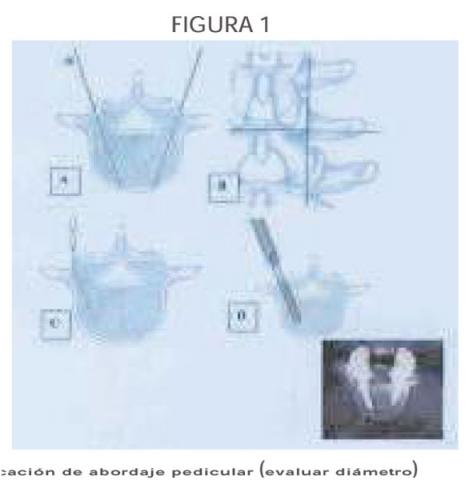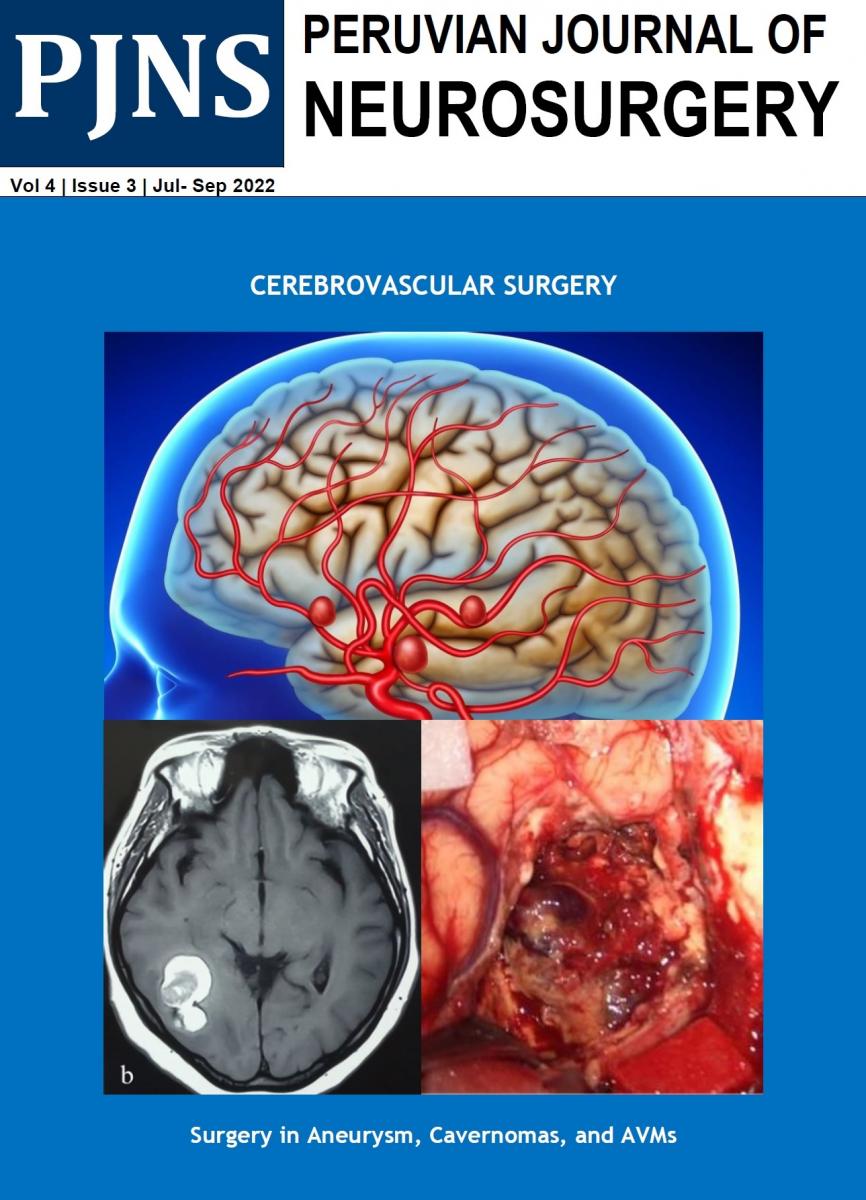Usted está aquí
Peruvian Journal of Neurosurgery
Clinical radiological results of segmented instrumentation in thoracolumbar vertebral fractures at Guillermo Almenara National Hospital
Luis Chavez C.MD, Alfonso Basurco C.MD, María Chavez MD
Abstract (Spanish) ||
Full Text ||
PDF (Spanish)
ABSTRACT
Retrospective and descriptive study of 34 patients, men 25, women 9; Mean age 33.23 years, with diagnosis of thoracolumbar vertebral medullary trauma, treated surgically with lateral view instrumentation (transpedicular fixation or anterior plaque), in the Department of Neurosurgery of Guillermo Almenara National Hospital, between January 1996 and December 2002, with average follow-up of 23 months (from 8 to 36 months), all had neurological deficit: total (14) and partial (20). We used the Frankel scale and the Magerl classification (A compression, B distraction and C rotation) in order to define the surgical strategy. The posterior approach was performed in 27 patients (group 1): decompressive laminectomy + transpedicular fixation (TPF) + posterolateral arthrodesis with autologous bone graft and anterior pathway in 7 patients (group 2): corporectomy + arthrodesis with iliac crest graft + fixation with Z plate. We show that segmental (short) instrumentation is better than long instrumentation (Harrington, Luque), because of the results: A.- Clinical (Frankel scale, quality of life due to absence of chronic pain, rapid reincorporation to life Daily, labor and lower rate of complications). B.- Radiological (reduction of kyphosis and long-term stability, measured through the sagittal index, facilitates the release of the spinal canal).
Key words: Thoracolumbar vertebro-medullary trauma, Frankel scale, transpedicular fixation, corporectomy.



